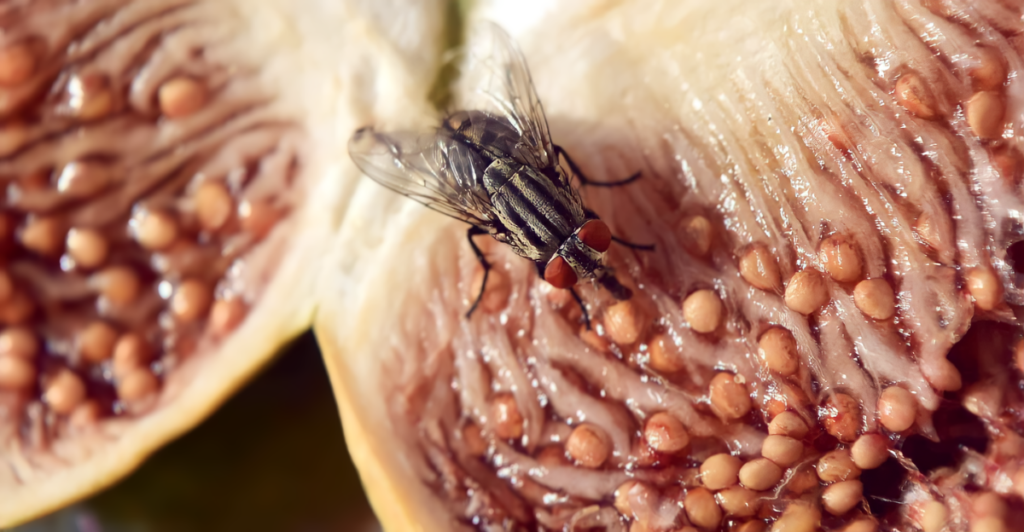
Humans have long grappled with the presence of various creatures that threaten their health, livelihood, or overall well-being. In response, deliberate actions have thus been taken to manage or eliminate some species. However, purposefully driving a species to extinction can give rise to ethical dilemmas and the risk of damaging other species and ecosystems. This article explores ten creatures that humans are actively pushing towards extinction through targeted interventions.
10. Mosquitoes
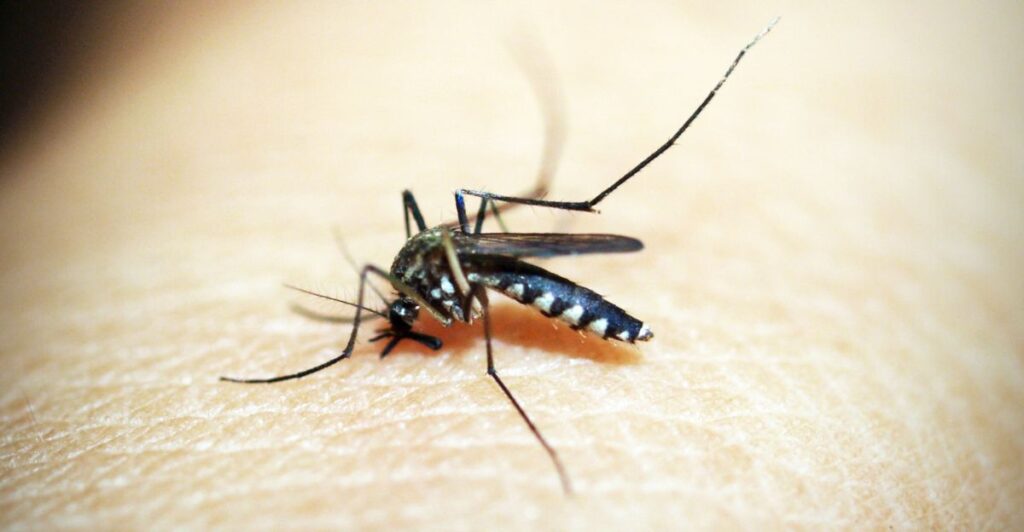
They are more than just an itchy nuisance. They are carriers of deadly diseases such as malaria, afflicting millions each year, especially in sub-Saharan Africa. The Anopheles gambiae mosquito is the main carrier of malaria. Researchers at Oxford University have genetically modified a strain of A. gambiae that carries a dominant gene that cause females of the species infertile over time. Once released, these mosquitoes could breed with wild populations, producing generations that cannot reproduce, potentially wiping out the species.
9. Guinea Worm
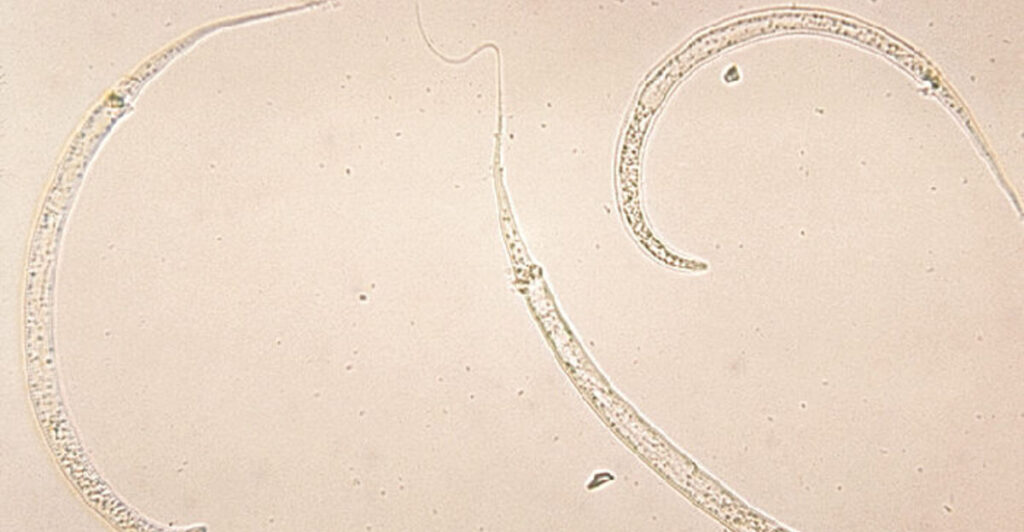
This parasitic worm causes a horrifying and very painful disease. The larvae enter human hosts through contaminated drinking water. After infiltrating the body, the female crawls into place under the skin, often in the lower leg, and can grow up to 30 inches. The WHO began efforts to eradicate the Guinea worm in the 1980s and has almost succeeded; only 30 cases were reported in 2017. Those efforts involve treating active infections, providing water filters, and educating communities.
8. Wuchereria bancrofti
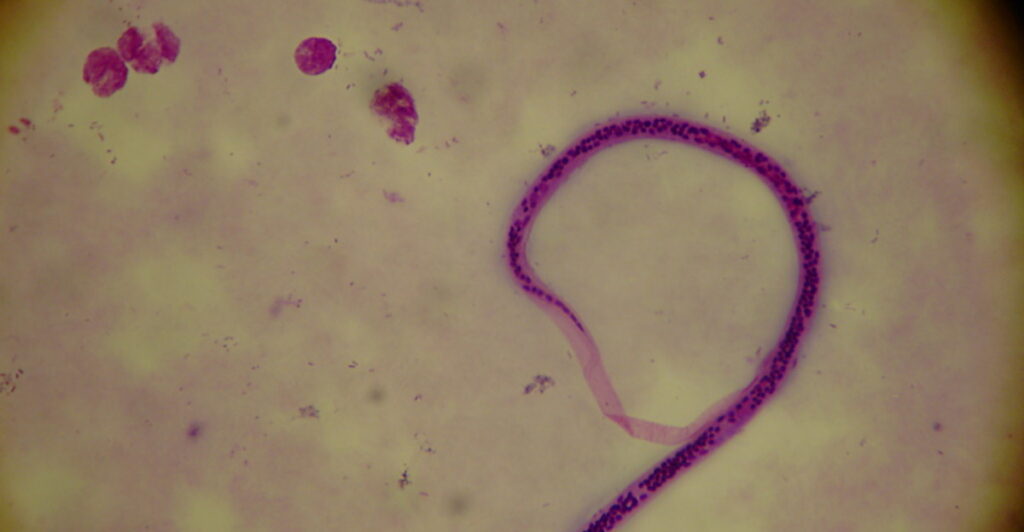
Mosquitoes spread these parasitic roundworms and can grow up to 4 inches long. As adults, they live in the ducts of the lymphatic system of human hosts. The blockages they cause can lead to elephantiasis, an extreme swelling of the lower extremities, breasts, or testicles. The WHO estimates that up to 120 million people are infected globally. Eliminating the disease in humans would be tantamount to wiping out the species, which the WHO has been trying to do since 1997.
7. New World Screwworm
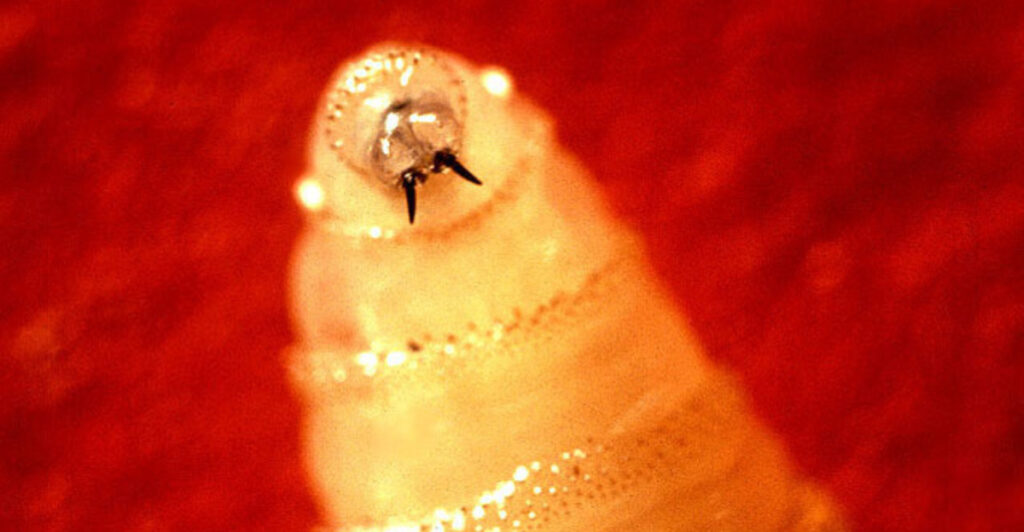
This is the larval stage of a species of fly. The life cycle starts when a female fly lays eggs into or near an open wound on a human or other warm-blooded host. Once the eggs hatch, the larvae bury themselves into the flesh of their host, creating open lesions. In 1972, the United States and Mexico eradicated the bug in their borders using the sterile insect technique. The United States maintains at least one laboratory at the Colombia-Panama border that releases sterile males to prevent the species from moving north again.
6. Pubic Lice
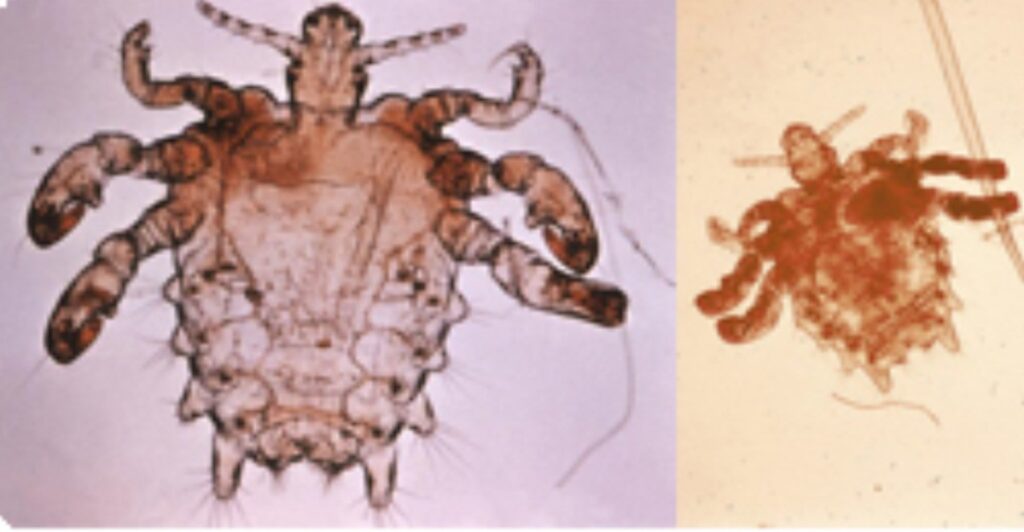
There’s no organized campaign to eradicate this pest from the face of the earth, but there is some evidence in recent years that its numbers are dwindling and is unlikely to land pubic lice (or “crabs” as they’re colloquially called)on the list of protected species. These tiny bugs, which are related to head lice, can only survive on human hosts in the relatively coarse hairs that fill our axillary (armpit) and pubic regions. In the past 10 years, scientists have noticed a decline in the reported incidences of infestation, likely owing to acute loss of habitat as people shave and wax their pubic hair.
5. Onchocerca volvulus
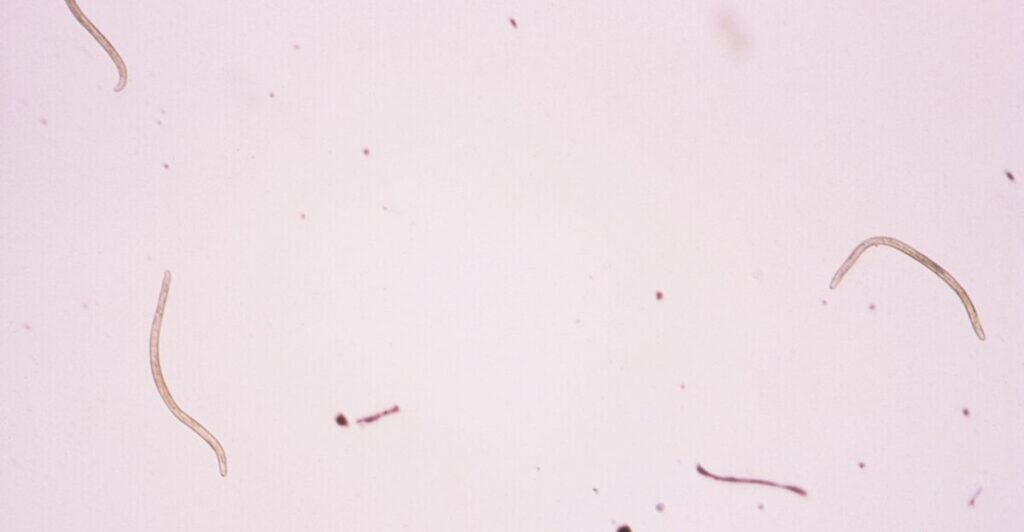
This parasitic worm is transmitted from one human host to another through the bite of black flies that breed near rivers and streams in Africa, parts of Latin America, and Yemen. Infection may cause severe itching of the skin and scarring of the cornea, which, if untreated, usually results in permanent blindness. This disease, known as river blindness, is the second-leading cause of blindness worldwide. For the past two decades, the Carter Center has partnered with local governments in affected regions to eliminate the parasite.
4. Hookworms
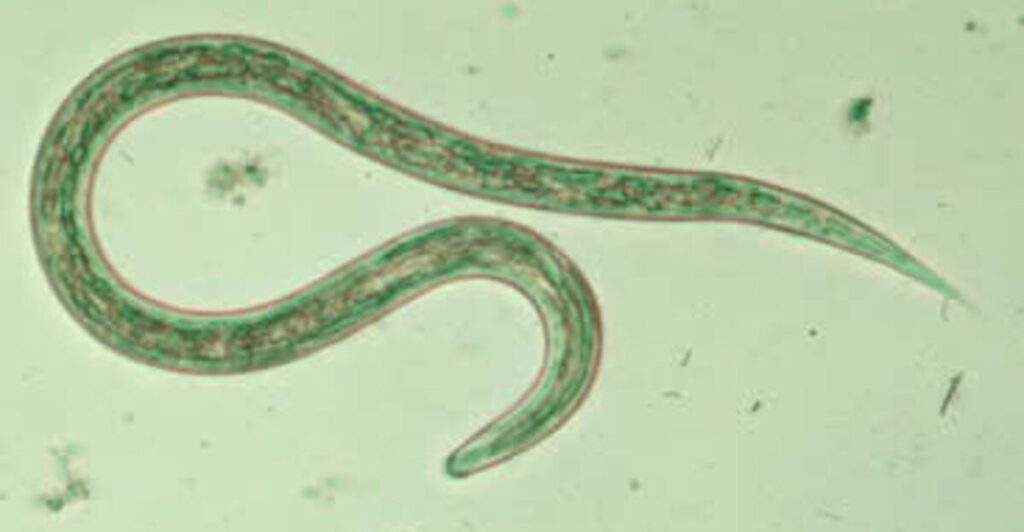
Hookworms can enter their human hosts when people eat unwashed produce with minuscule eggs attached or through the skin of their feet. The worms can burrow through the skin when people walk barefoot on contaminated soil, the worms can burrow through the skin and enter the bloodstream. The animal spreads to new hosts via feces-contaminated soil, so increasing access to basic sewage and sanitation is the key to driving this species to extinction. Over-the-counter deworming drugs kill them too.
3. Tsetse Flies
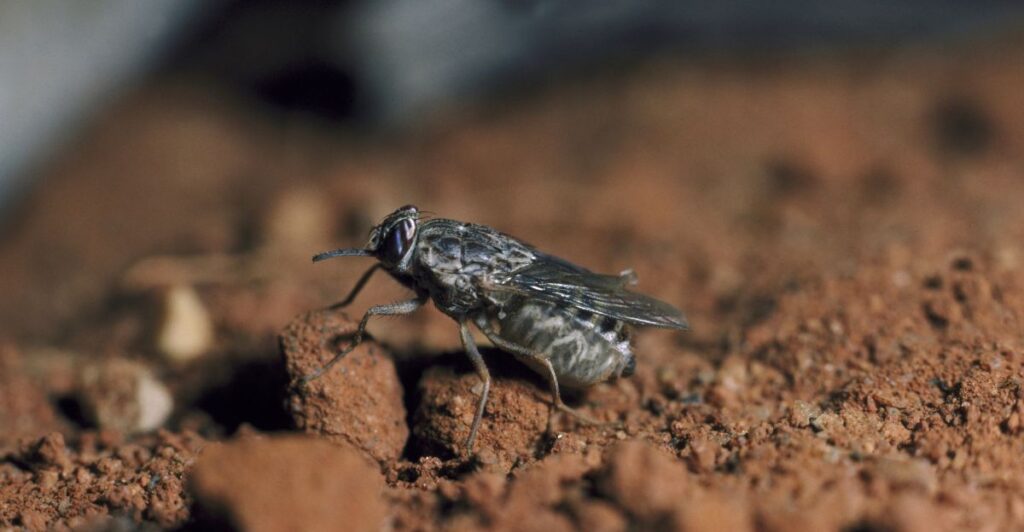
This small fly can carry the blood parasite that causes African sleeping sickness, an infection that causes fever, mental confusion, physical weakness, and death when left untreated. The fly can also bite and infect domestic animals like pigs, cows, and donkeys. According to the United Nations, these insects are a major driver of poverty on the African continent. The sterile insect technique (SIT) shows the most promise for continent-wide tsetse fly eradication.
2. Bedbugs
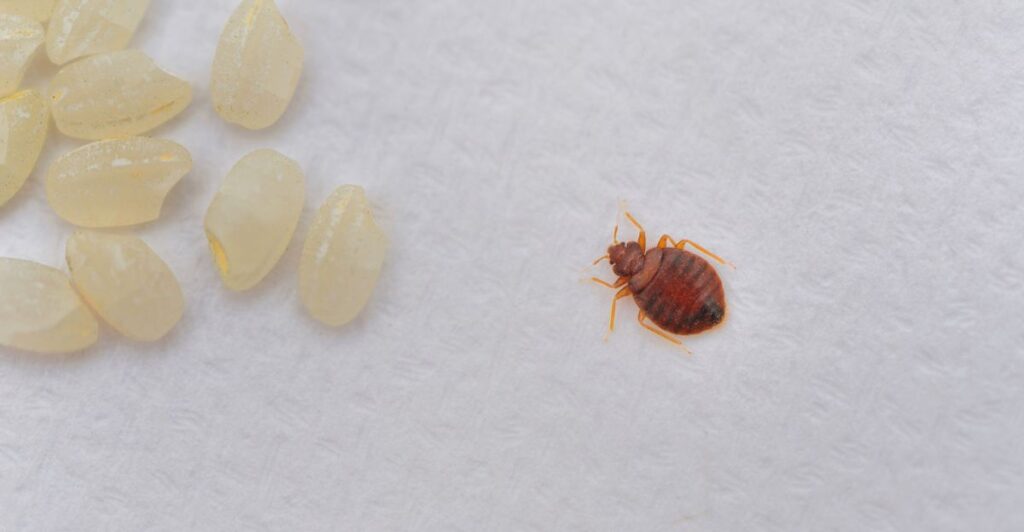
A bedbug is a small, wingless bloodsucking parasite that hides in linens and bedding. They’ve coexisted with humans for thousands of years. In recent years, outbreaks in the United States and Canada have expanded rapidly and have been difficult, if not impossible, to contain and eliminate. They can go months without feeding and often hide in walls or under floorboards to avoid being seen. One of the few guaranteed ways to kill them is to heat the infested habitat to above 122 °F.
1. Human Beings

Some people argue that human beings are so destructive that the planet would be better off without us. The Voluntary Human Extinction Movement (VHEMT) believes that the human species is all but doomed regardless, so we might as well phase ourselves out now to reduce the number of species we take with us. However, their methods are not violent or coercive; VHEMT merely requests that its members refrain from having children.
Ethical Considerations and Ecological Impact
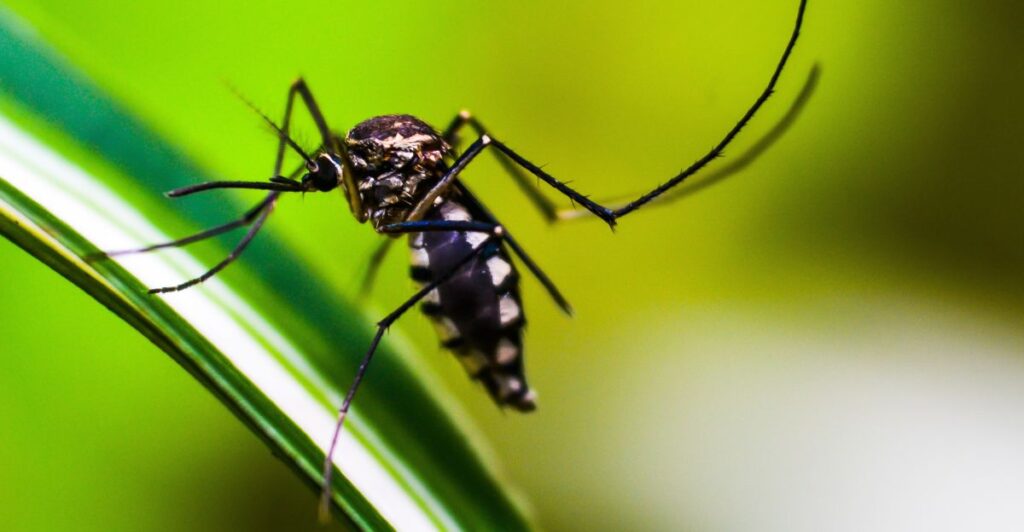
As human activity pushes these species closer to extinction, we do so in a way that reflects not only human interests but the interests of the natural world that is warring against them. Some constitute the eradication of disease vectors and parasites that threaten human health and well-being; others stem from habitat modification and changes in lifestyle. There are considerable ethical issues surrounding the intentional extinction of a species, giving rise to discussions around the value of individual species versus the overall health of ecosystems.
The Future of Coexistence
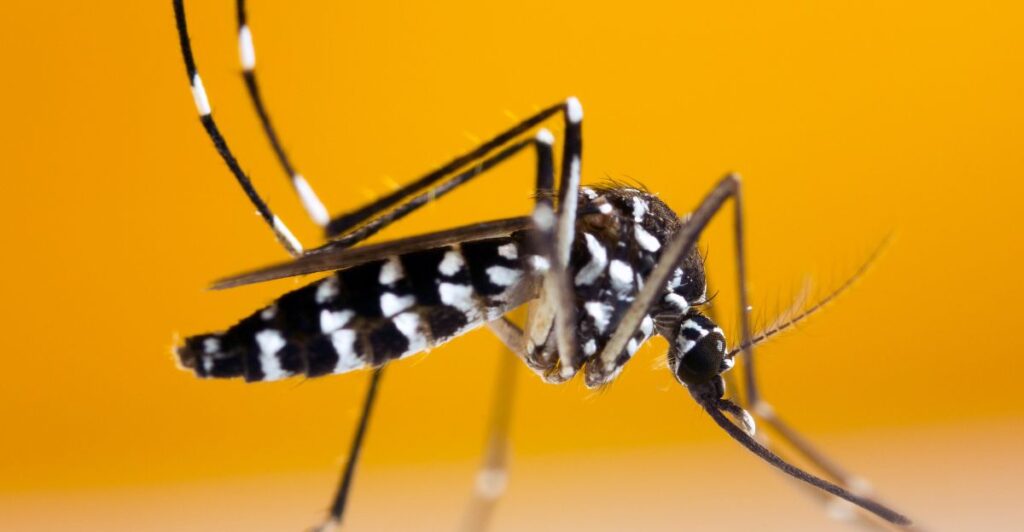
With the world population growing and humans applying more pressure on the planet’s resources, the challenge to share our habitable spaces with other life is becoming increasingly urgent. Sustainable approaches that conserve biodiversity that include human benefits are critical for a sustainable planet. This requires careful consideration of the potential consequences of our actions and a commitment to be responsible and environmentally conscious.
Discover more of our trending stories and follow us to keep them appearing in your feed

Philanthropist Promises To Cover $771.23M Annually After US Exit From Climate Accords
After 800 Years of Silence, This American Volcano Shows Signs of Activity
California Is Breaking Apart: A Fault Line Is Forming Faster Than Anyone Predicted
Massive Solar Plant Is Shutting Down Early—Saving Californians Over $500M
References:
Reference 1
Reference 2
Reference 3
This article first appeared here
Stay connected with us for more stories like this! Follow us to get the latest updates or hit the Follow button at the top of this article, and let us know what you think by leaving your feedback below. We’d love to hear from you!







